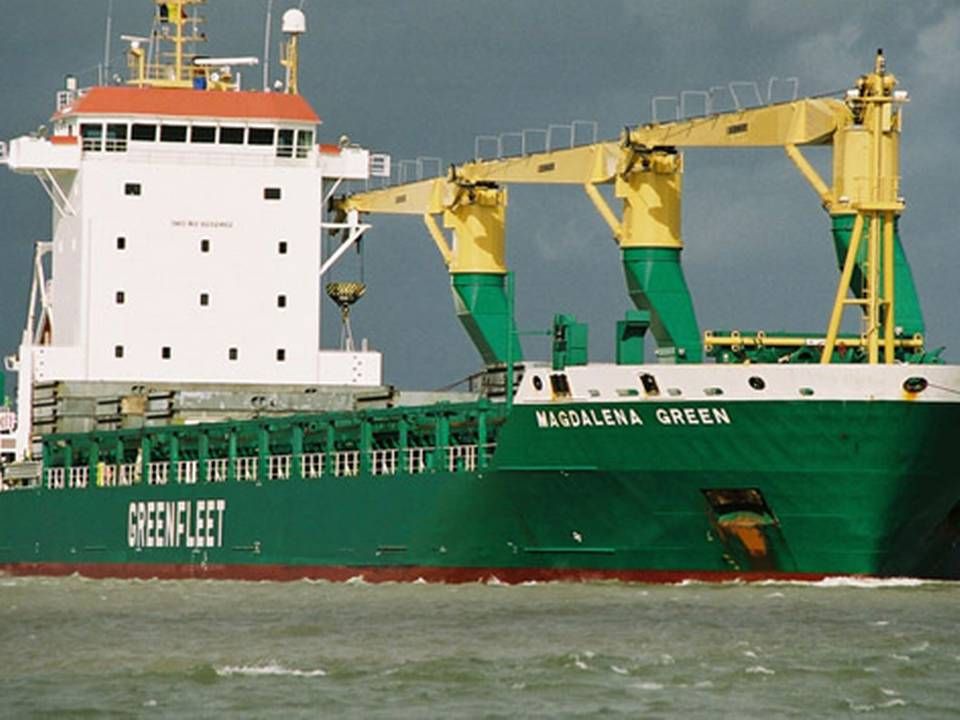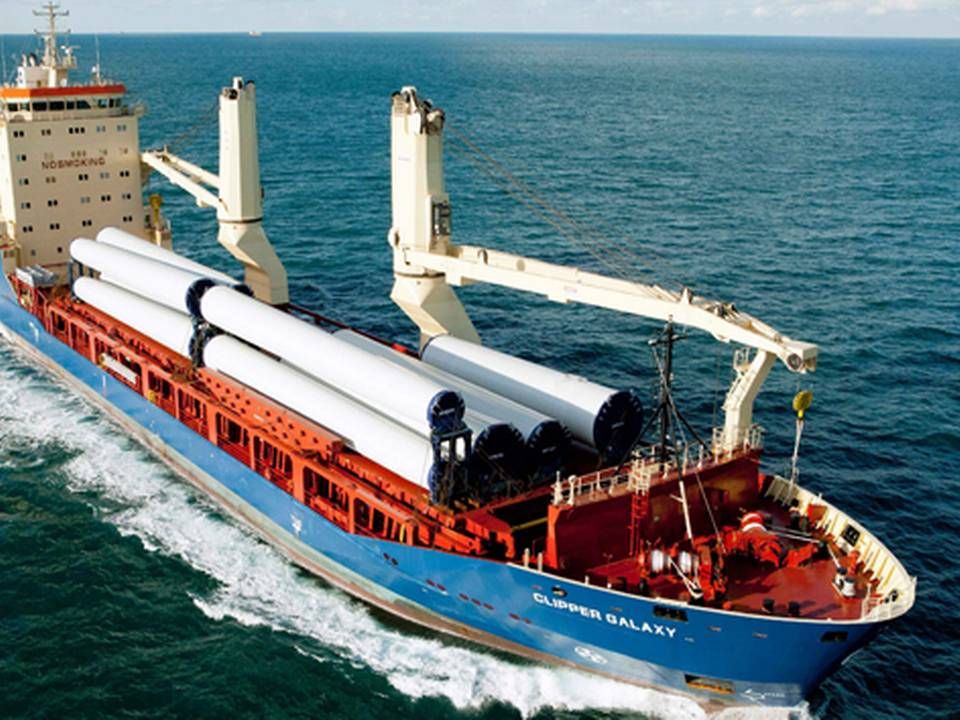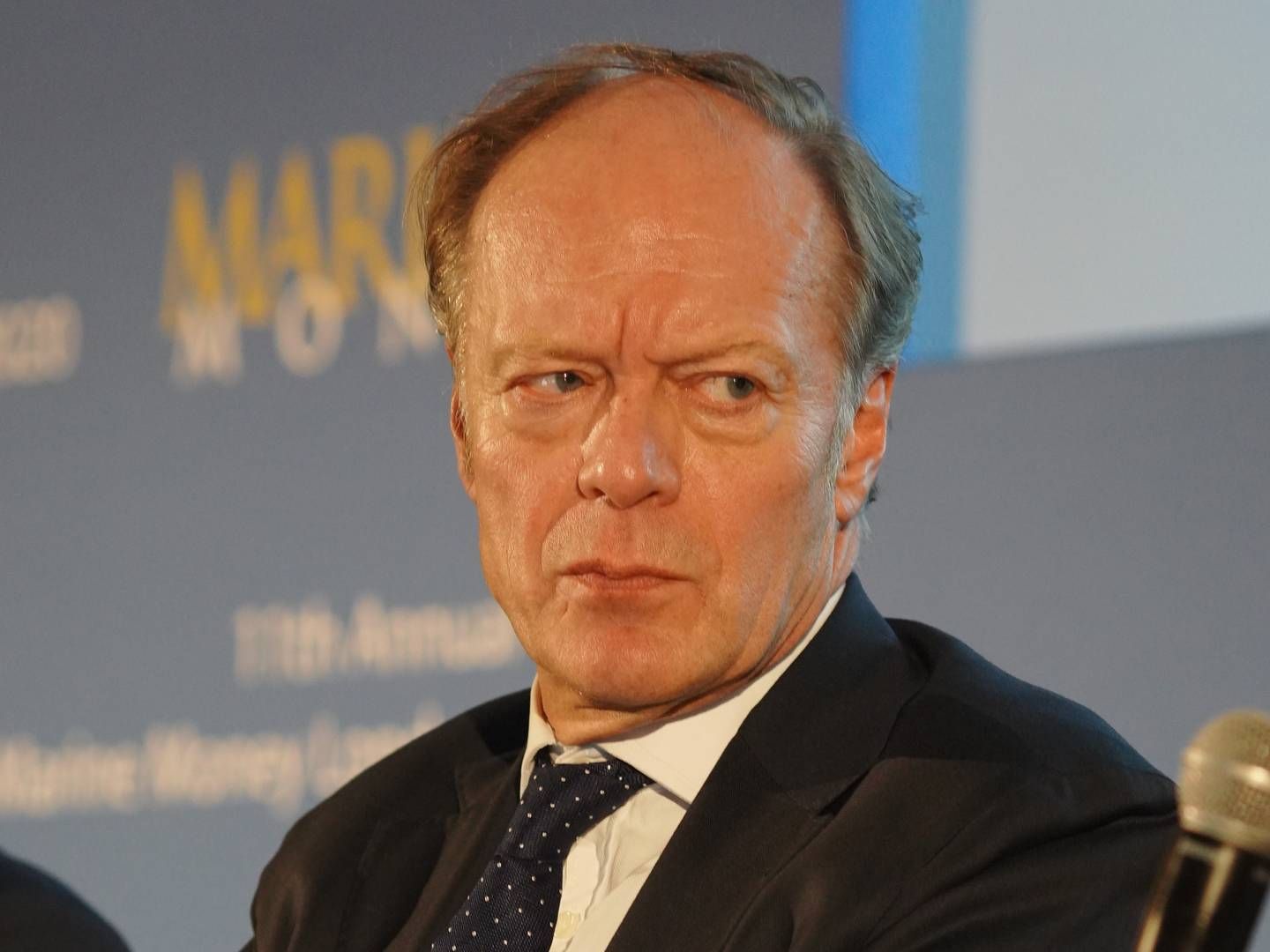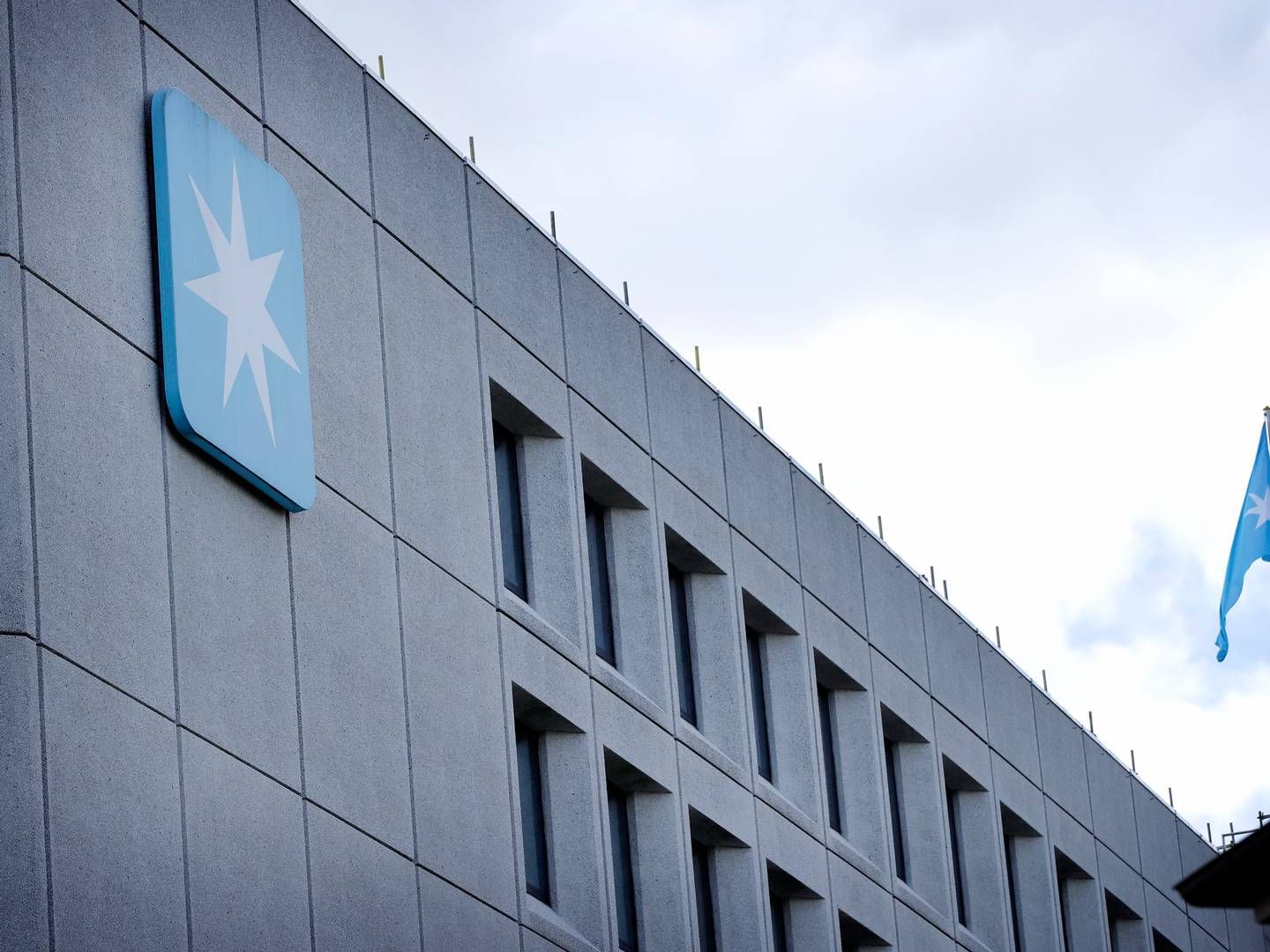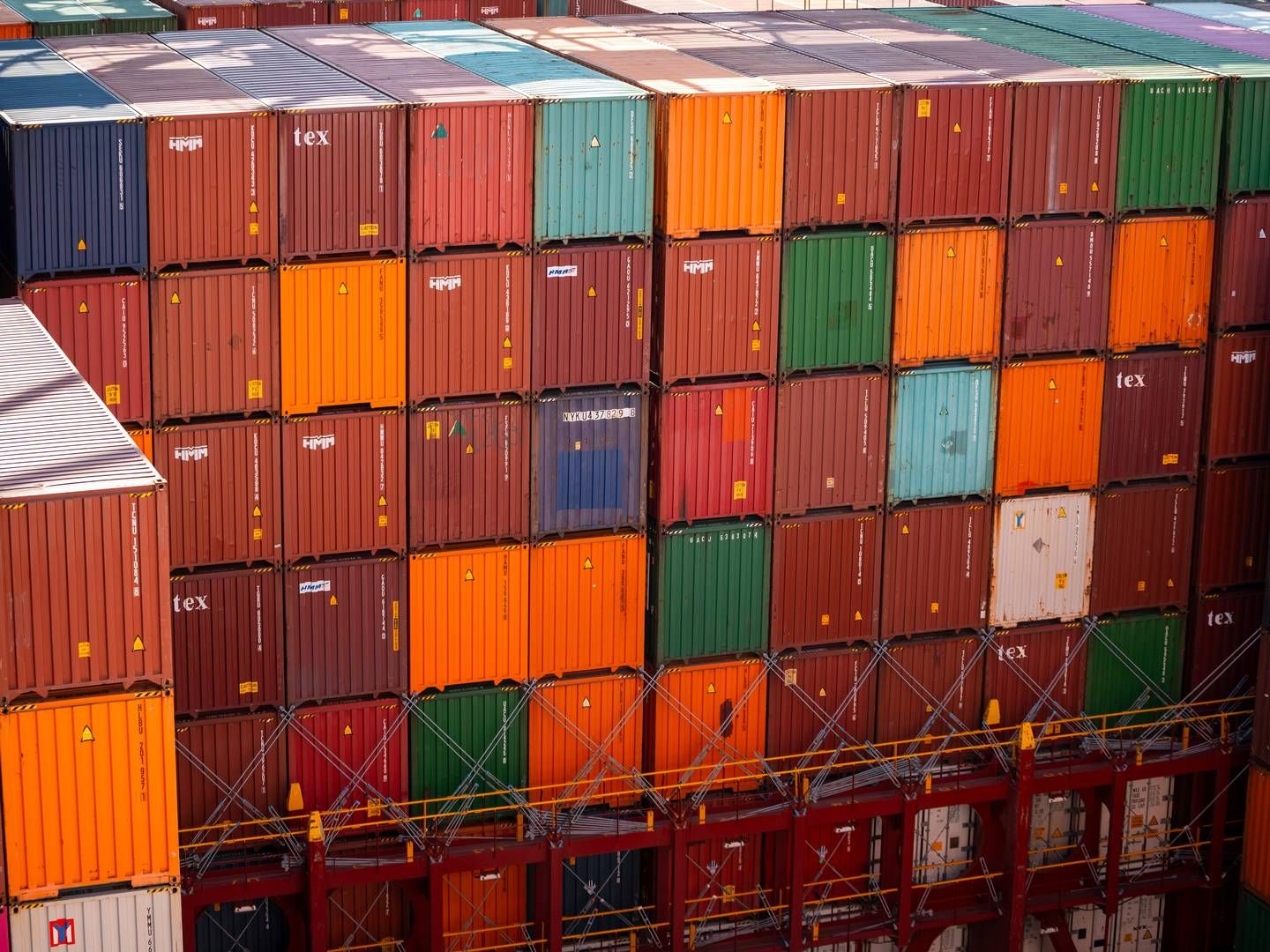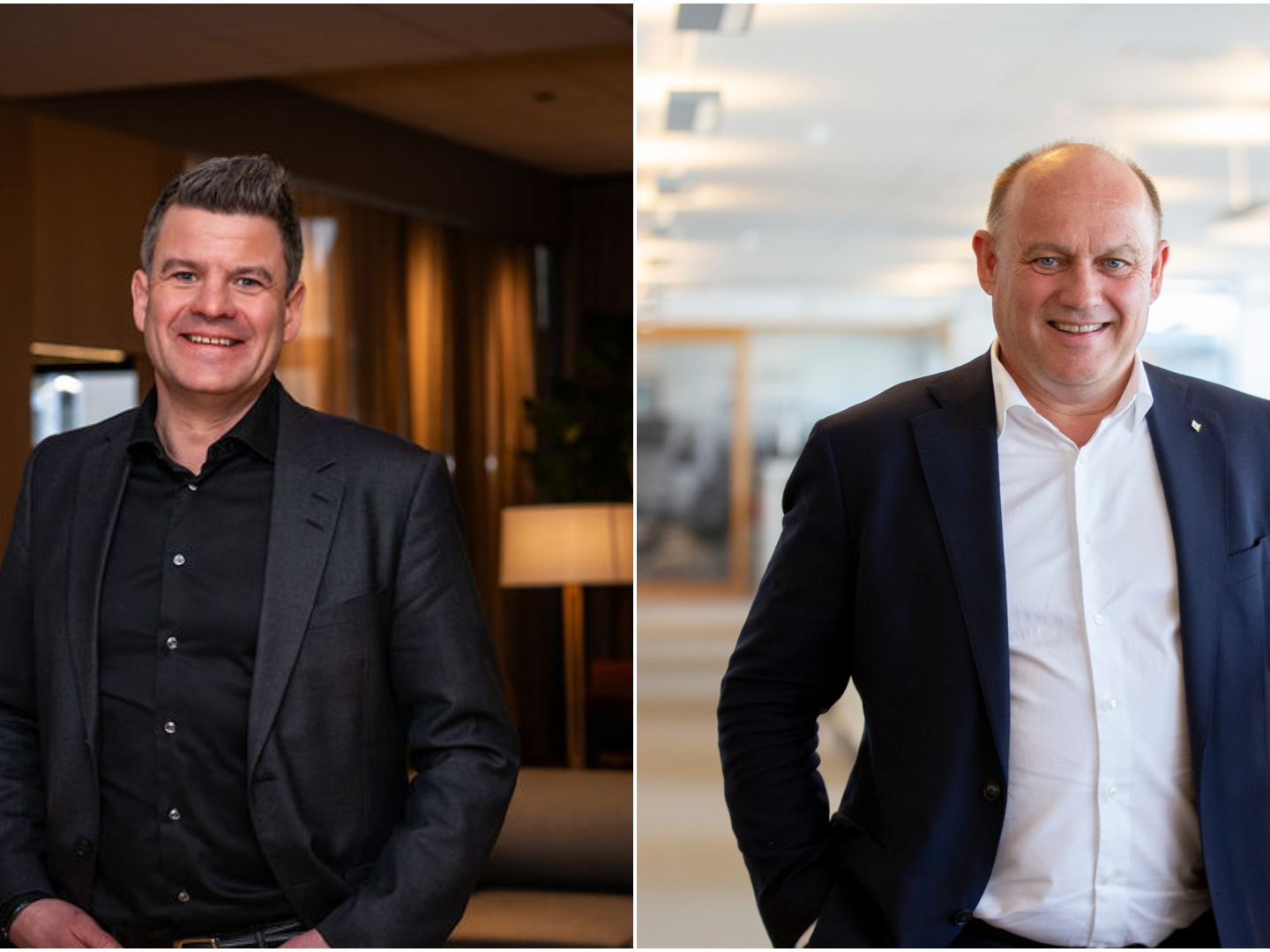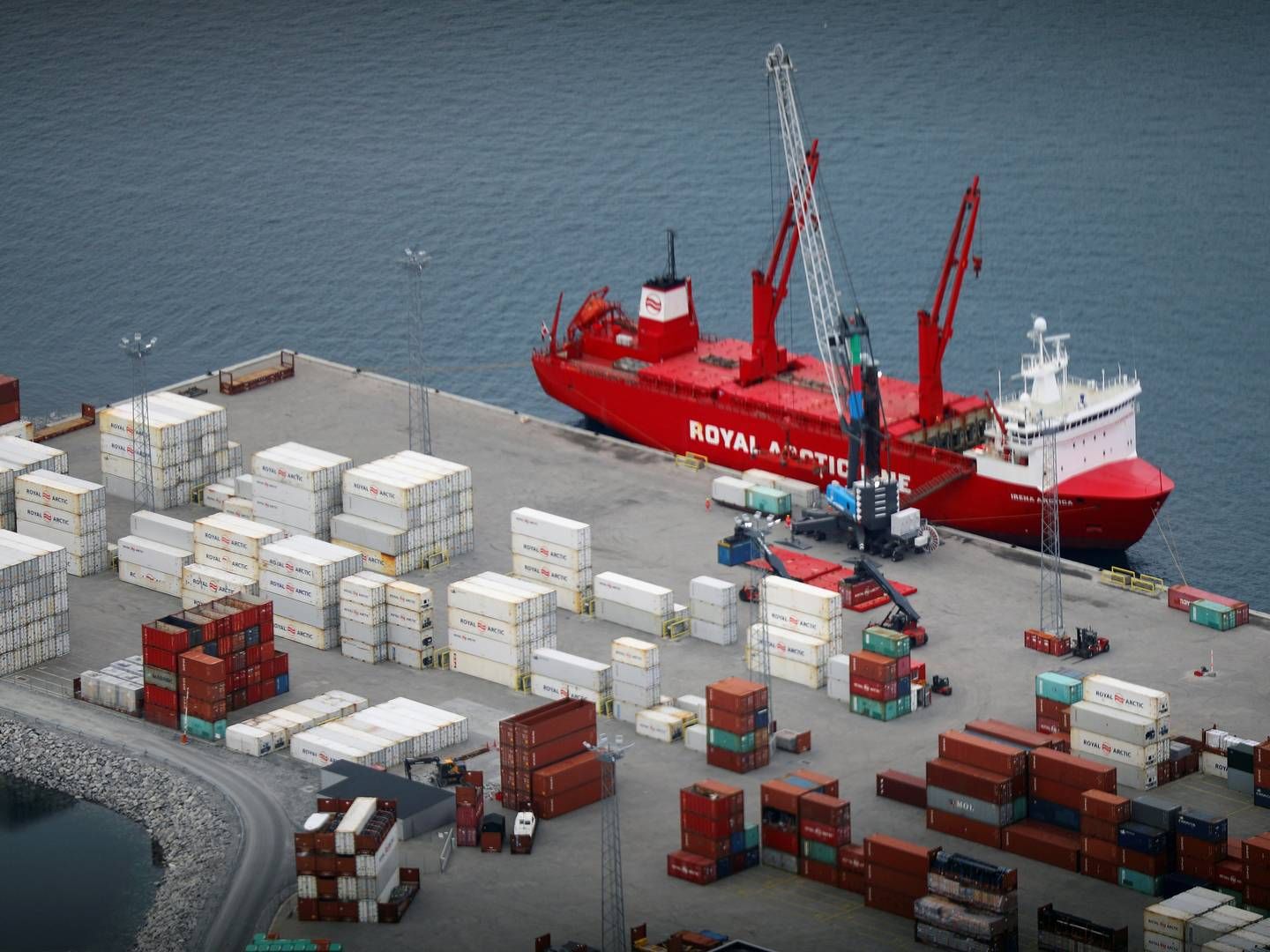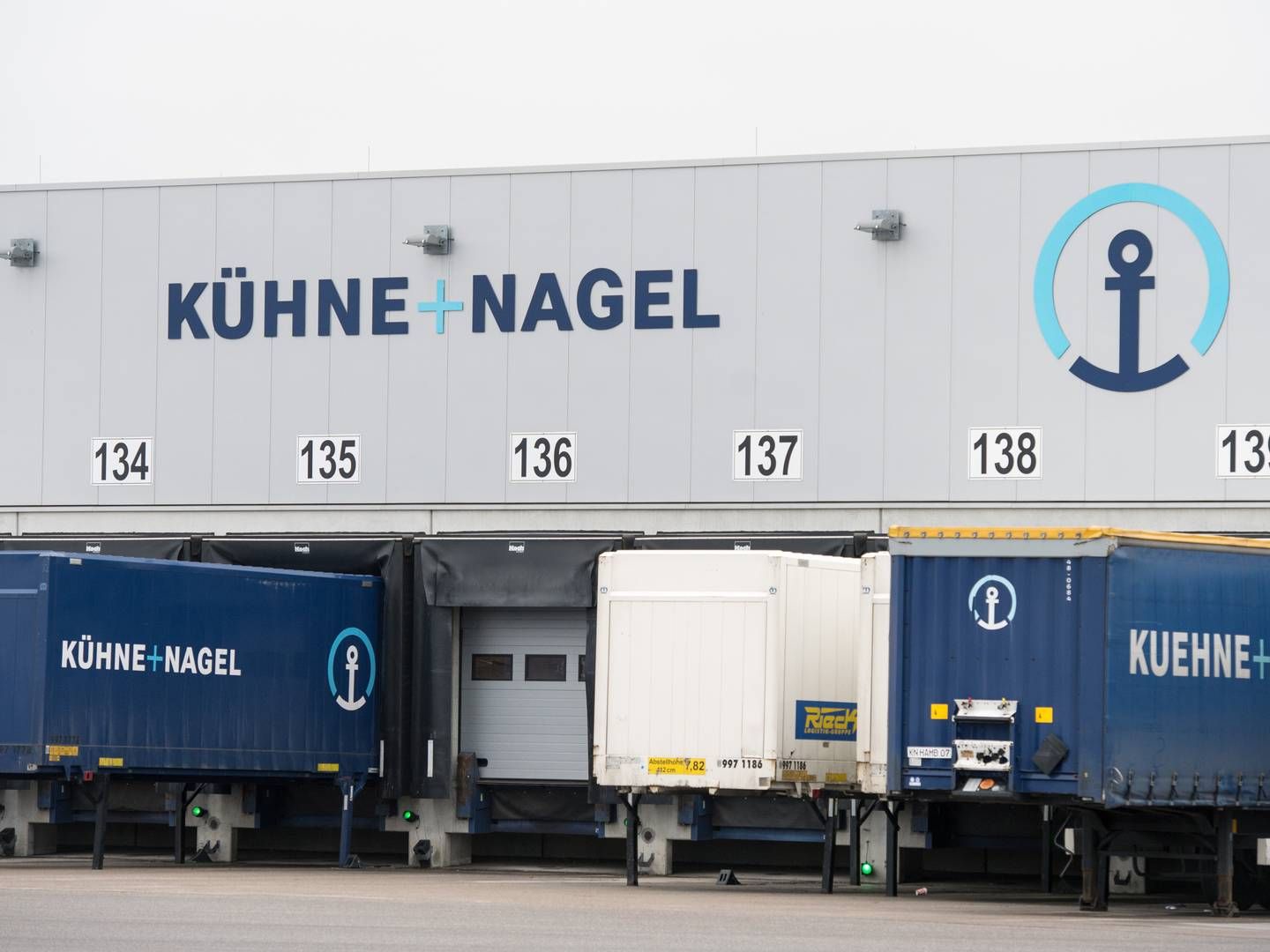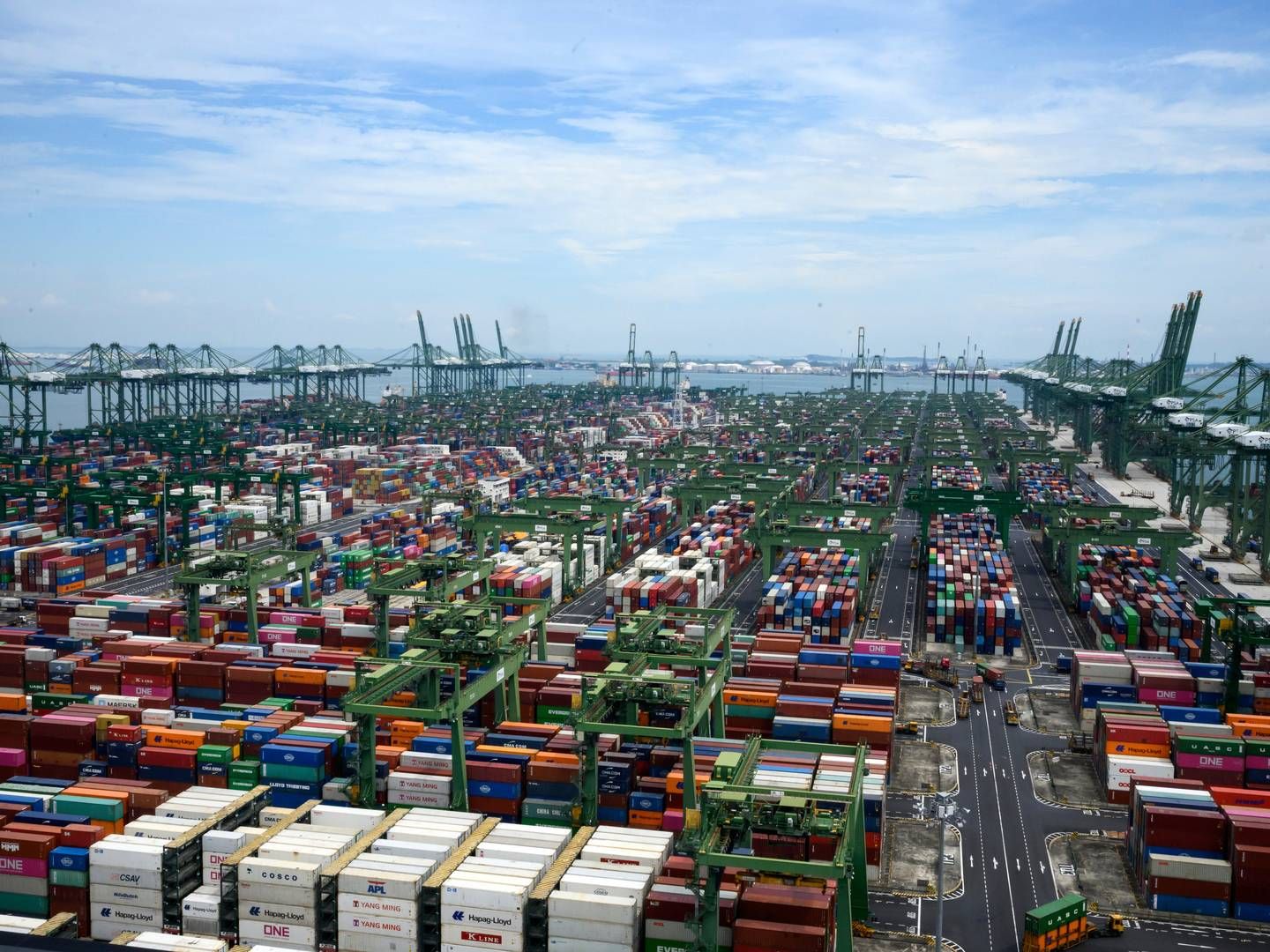Clipper to deploy three of four vessels in bulk
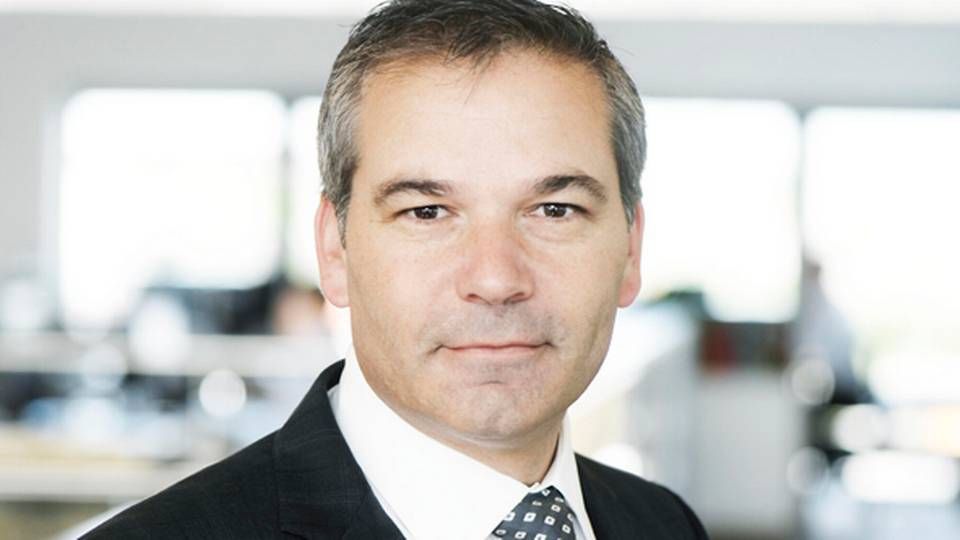
It wouldn´t be unfair to say that Clipper has been a rather diversified business for some years: six segments, two core segments and an organizational chart which was difficult for most outsiders really to comprehend.
Following two years in which Clipper has spent time and resources on concentrating its business and merging its powerful multi-purpose division with Danish family-controlled Thorco, the structure of the company seems set for the future. Two segments, cruise and tankers, will undoubtedly not exist in few years´ time whereas the cornerstone of Clipper, Clipper Bulk, is expected to grow considerably, says CEO, Gary Vogel, in this interview:
Bulk is the DNA
“Bulk is our core segment and our DNA. It´s where it all started. After the past few years of streamlining, we’ve decided we want to be where we can create the most value. And that’s clearly bulk. It’s our largest segment today, we operate more than 100 ships in bulk, and we think we’re able to create a lot of value around that business,” says Gary Vogel.
Clipper started its business in the Handysize segment, and then acquired the company that the American native Vogel worked for, and from there went into handymax, and panamax as well.
“Going forward the number of bulk carriers will only increase as we exit some of the other businesses and redeploy our capital into bulk. I’d say the aim is around 75 percent by 2015, but it doesn’t have to be a straight line. It is essential to grow at the right time,” Gary Vogel says adding that the expansion is expected to comprise a blend of owned and chartered vessels.
Continue to operate in four segments
Today, bulk vessels represent 55 percent of the total fleet, corresponding to 104 out of 190 vessels.
Without cruise ships and tankers, the company continues with four segments: Bulk, multi-purpose (with Thorco), Ro-ro and ferries. Clipper has sold vessels in both segments during 2013 and is proactively engaged in discussions of selling the remaining fleets. Cruise has always been a non-core business, however profitable, but the partner group believes the redeployed capital can be better invested in bulk.
The decision to expand on bulk is, not least, based on the historic return of investments so far. 2013 will render a deficit, which Gary Vogel describes as “manageable”, but excluding this year the bulk business has been a profitable investment for the Clipper partners every year since 1997. And next year, bulk is expected to return to profits again.
Fundamentally based upturn
“In 2013, rates have only turned up very, very recently, but going back to the beginning of the year as an example, the Supramax rate was USD 7,000, so it was extremely low. But based on the current market we expect a profitable bulk business in 2014. We believe that the upturn in rates is fundamentally based, deliveries are significantly off this year compared with last year, 2014’s growth will be higher than 2013´s weak growth, so we believe that the table is set, so to speak, for continued recovery. Sure, there are areas of weakness out there, and there are certain economies which really are holding back, if you will. Though very important, it’s not just about China. For instance, renewed growth in the Eurozone would start to add and be a positive factor. It could be quite a positive development, when overlaid on the much lower growth. The Handysize segment is our largest segment that we’re in, about 65 of our ships are in the Handysize segment, and that segment has no fleet growth this year and will have negative fleet growth next year. You take that along with 4-5 even 6 percent growth in ton-miles on the outside and that’s a very positive recipe.,” explains Gary Vogel.
Will this growth lead to new offices, partners, collaborations, or do you expect to keep the setup as it is?
“Nothing is stagnant, and the answer is absolutely, there will be new offices. And in fact we’re in discussion right now, though I can’t say specifically what, but it’s in development we will disclose later,” Gary Vogel concludes.
Clipper Group considers more eco newbuildings
Clipper Projects merges with Thorco Shipping
Clipper's Danish activities made USD 70 million deficit in 2012


